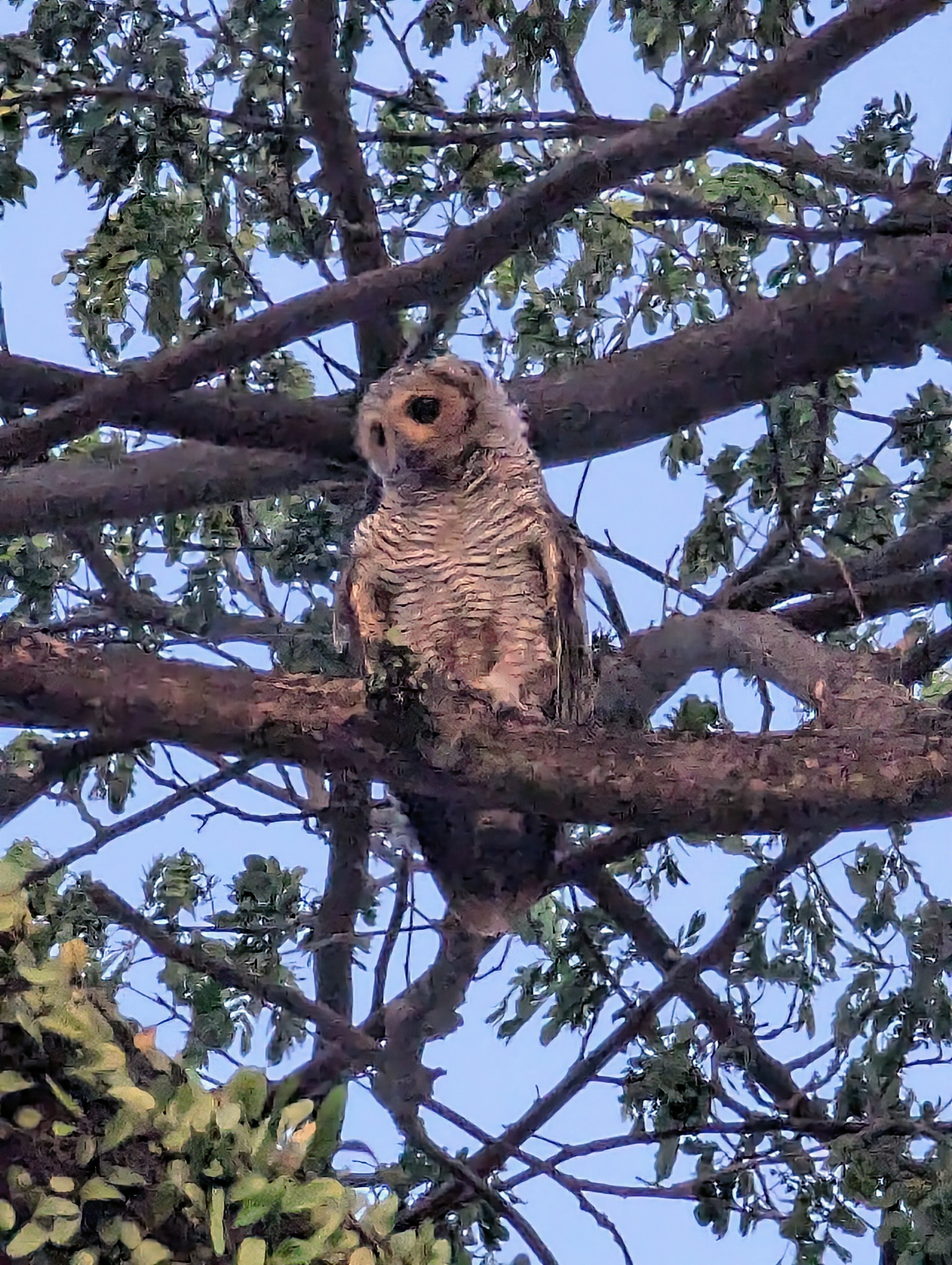Some languages have fewer vowel sounds while others have an insane number (in Europe that would be Danish).
Thai has a lot, so speakers need to speak more slowly so the listener has time to distinguish words. But it also means that you can have more words per syllable.
It's not about efficiency per se - it's data and error correction

Just to add - Thai has a tonal system and distinguishes rising, low, medium, high and falling tones. This requires a bit more time to say so that there is time for the tone to change (or not change).